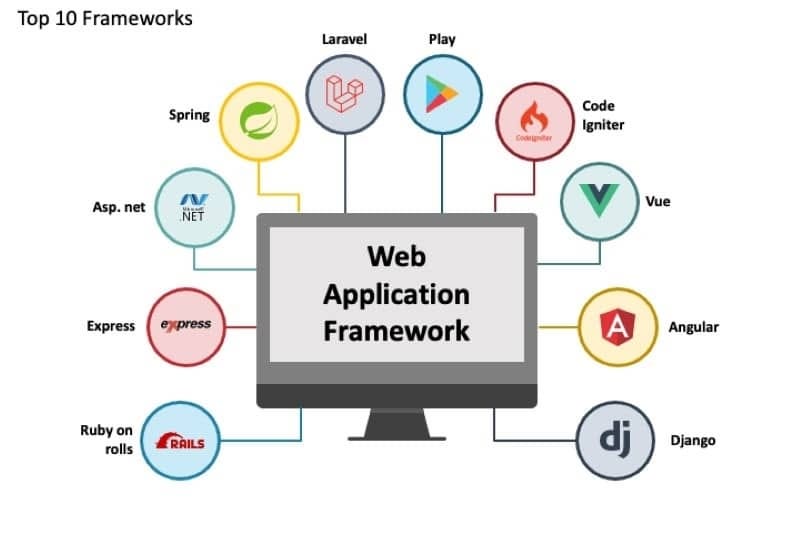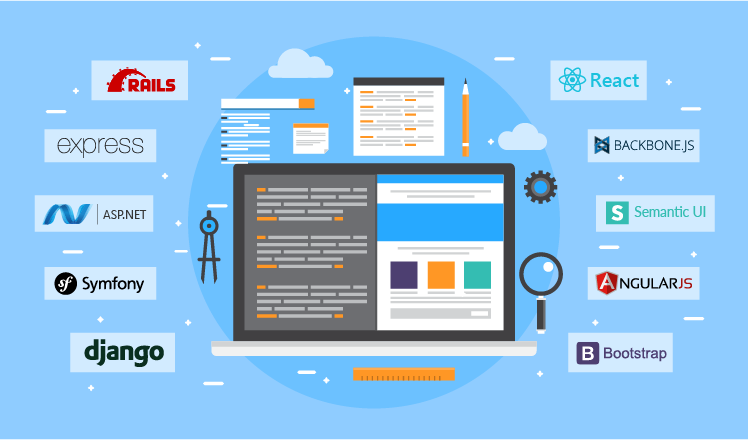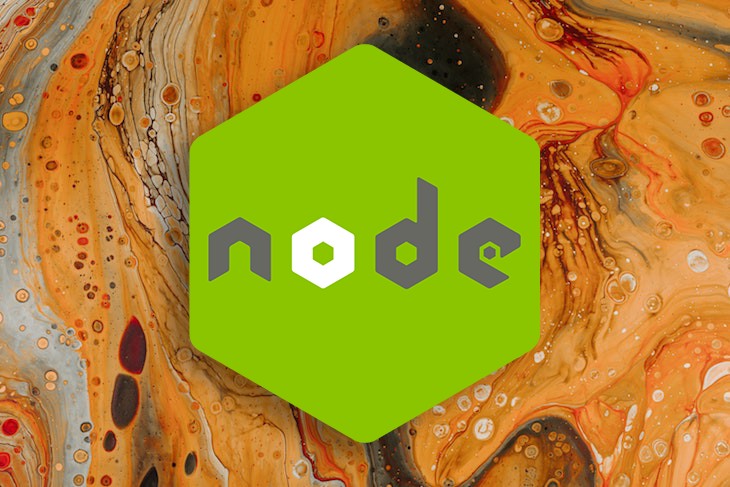The JavaScript ecosystem is in a constant state of evolution, with a dizzying array of libraries and frameworks vying for developers’ attention. From the frontend giants discussed in React News and Vue.js News to the backend powerhouses covered in Node.js News, building a modern, cohesive application often feels like assembling a complex puzzle. This is the problem RedwoodJS aims to solve. Recently reaching its landmark 1.0 release, RedwoodJS has matured into a powerful, opinionated, full-stack framework that promises to bring back the joy and productivity of web development. It provides an integrated, batteries-included experience, from the database schema all the way to the final pixel rendered in the browser.
Unlike more flexible meta-frameworks like Next.js or Remix, RedwoodJS makes deliberate choices for you, integrating best-in-class tools like React, GraphQL, Prisma, Jest, Storybook, and Vite into a seamless workflow. This opinionated approach, reminiscent of frameworks like Ruby on Rails or AdonisJS, allows developers to bypass configuration fatigue and focus directly on building features. With its 1.0 milestone, RedwoodJS signals its stability and production-readiness, making it a compelling choice for startups, solo developers, and teams looking to build and scale complex applications with confidence. This article provides a comprehensive deep dive into the core concepts, implementation details, and advanced features that make RedwoodJS a significant player in the modern web development landscape.
The Core Concepts: Understanding the RedwoodJS Way
RedwoodJS is built upon a set of core architectural principles designed to maximize developer productivity and maintainability. Understanding these concepts is key to harnessing the framework’s full potential. At its heart, Redwood is a monorepo, neatly separating concerns into two primary workspaces: api and web.
apiside: This is where your backend lives. It’s a GraphQL API powered by Node.js that handles business logic, database interactions via Prisma, and authentication.webside: This is your frontend, a standard React application built with Vite. It consumes the GraphQL API from theapiside.
This explicit separation simplifies development by creating clear boundaries, yet the integrated tooling makes communication between the two sides feel effortless.
Cells: The Declarative Approach to Data Fetching
One of Redwood’s most innovative features is the “Cell.” A Cell is a higher-order component that encapsulates the entire lifecycle of fetching and displaying data. Instead of manually managing loading spinners, error messages, and empty states, a Cell handles it all declaratively. A single Cell file exports components for four distinct states:
QUERY: A GraphQL query to fetch the required data.Loading: The component to render while the query is in flight.Failure: The component to render if the query fails.Success: The component to render when data is successfully returned, receiving the data as props.Empty: An optional component to render if the query succeeds but returns no data.
This convention drastically cleans up your components. Here’s a practical example of a Cell that fetches and displays a list of blog posts.
// web/src/components/PostsCell/PostsCell.js
import { Link, routes } from '@redwoodjs/router'
export const QUERY = gql`
query FindPosts {
posts {
id
title
body
createdAt
}
}
`
export const Loading = () => <div>Loading posts...</div>
export const Empty = () => <div>No posts yet!</div>
export const Failure = ({ error }) => (
<div style={{ color: 'red' }}>Error: {error?.message}</div>
)
export const Success = ({ posts }) => {
return (
<ul>
{posts.map((post) => (
<li key={post.id}>
<h2>
<Link to={routes.post({ id: post.id })}>{post.title}</Link>
</h2>
<p>{post.body}</p>
</li>
))}
</ul>
)
}By simply including <PostsCell /> in a page, Redwood handles the entire data fetching flow, making your UI code cleaner and more predictable. This is a significant ergonomic improvement compared to manual data fetching patterns seen in other frameworks.
From Schema to Screen: The RedwoodJS Workflow
RedwoodJS provides a guided path for building features, starting from the database schema and flowing through the API to the frontend. This “schema-first” approach ensures that your data models, API endpoints, and UI components are always in sync.
Defining Your Data with Prisma
At the foundation of the api side is Prisma, a next-generation ORM for Node.js and TypeScript. You define your data models in a simple, declarative `schema.prisma` file. This file serves as the single source of truth for your database structure.
// api/db/schema.prisma
datasource db {
provider = "sqlite"
url = env("DATABASE_URL")
}
generator client {
provider = "prisma-client-js"
}
model Post {
id Int @id @default(autoincrement())
title String
body String
createdAt DateTime @default(now())
}After defining your schema, you run a simple command, yarn rw prisma migrate dev, which automatically generates and applies the necessary SQL migrations to your database and creates a fully-typed Prisma Client for you to use in your services.

Services and GraphQL SDLs
With the database model in place, the next step is to expose it via the GraphQL API. Redwood achieves this through two key concepts: Services and SDLs (Schema Definition Language).
Services are functions on the api side that contain your business logic. They interact with the Prisma client to perform database operations. This convention keeps your logic organized and separate from the GraphQL resolver layer.
SDLs are files that define your GraphQL schema. Redwood reads these files to build a single, queryable API endpoint.
Here’s how you would define the SDL and service for the Post model:
// api/src/graphql/posts.sdl.ts
export const schema = gql`
type Post {
id: Int!
title: String!
body: String!
createdAt: DateTime!
}
type Query {
posts: [Post!]! @requireAuth
post(id: Int!): Post @requireAuth
}
input CreatePostInput {
title: String!
body: String!
}
type Mutation {
createPost(input: CreatePostInput!): Post! @requireAuth
}
`The corresponding service file would implement the logic for these queries and mutations:
// api/src/services/posts/posts.ts
import { db } from 'src/lib/db'
export const posts = () => {
return db.post.findMany()
}
export const post = ({ id }) => {
return db.post.findUnique({
where: { id },
})
}
export const createPost = ({ input }) => {
return db.post.create({
data: input,
})
}Notice how thin the service functions are. They directly map to Prisma Client calls. All complex business logic would be encapsulated here, not in the GraphQL layer. Redwood automatically maps the SDL definitions to the exported functions in the corresponding service file, wiring everything together with zero configuration.
Advanced Features and Integrated Tooling
Beyond the core workflow, RedwoodJS comes packed with integrated tools and advanced features that address common application requirements out of the box. This is where the “batteries-included” philosophy truly shines, saving developers countless hours of setup and configuration that are common when working with less opinionated stacks discussed in Next.js News or Remix News.
Built-in Authentication and Authorization
Implementing authentication is often a complex task, but Redwood makes it remarkably simple. The framework provides a CLI command, yarn rw setup auth <provider>, which can bootstrap authentication with various providers like Netlify Identity, Auth0, or a self-hosted dbAuth solution. Once set up, you gain access to helpful utilities like the useAuth() hook on the frontend and the requireAuth() directive in your GraphQL SDLs.
Protecting a service or an entire GraphQL query is as simple as adding a directive to your SDL, as seen in the previous example with @requireAuth. On the frontend, you can protect entire pages using the <Private> router set.
First-Class Testing and Component Development
Redwood has a strong emphasis on testing. When you generate a new page, component, or service, Redwood automatically creates corresponding test files pre-configured with Jest. This encourages a test-driven development workflow from the very beginning. For example, generating a Cell also generates a mock for its data, making it easy to test the Success and other states in isolation. This level of test integration is a key differentiator and a topic often highlighted in Jest News and Vitest News.

Furthermore, Redwood integrates Storybook, a powerful tool for developing UI components in isolation. This allows you to build, view, and test your React components without needing to run the entire application. This component-driven approach improves reusability and makes building complex UIs more manageable.
Effortless Deployment
Getting a full-stack application to production can be challenging, especially with separate frontend and backend deployments. Redwood simplifies this with its unified deployment pipeline. The command yarn rw deploy <provider> can configure and deploy your entire application—both the api and web sides—to modern hosting providers like Vercel, Netlify, or Render. The command handles the necessary build steps and configuration, transforming your backend into serverless functions and deploying your frontend to a global CDN.
Best Practices and Optimization
As you build with RedwoodJS, adopting certain best practices will ensure your application remains scalable, maintainable, and performant. The framework’s conventions guide you, but mindful development is still crucial.
Keep Business Logic in Services
One of the most important conventions is to place all non-trivial business logic within your service files. Your GraphQL resolvers, which Redwood manages for you, should remain as thin as possible, acting only as a pass-through layer to your services. This makes your logic easier to test, reuse across different resolvers or other services, and reason about.
Embrace Component-Driven Development

Leverage Redwood’s first-class Storybook integration. Build your UI components in isolation before integrating them into pages. This practice forces you to create more reusable, decoupled components and allows you to perfect their appearance and behavior across different states without the overhead of the full application context. This is a common theme in modern frontend development, often discussed in circles following Svelte News and SolidJS News.
Optimize Data Loading with Cells
Use Cells for all data fetching that is tied to a specific component. Avoid fetching data in top-level page components whenever possible. Cells co-locate the data requirements with the component that uses it, making the code easier to understand and enabling more granular loading and error states. For complex pages, breaking the UI into multiple Cells can also improve perceived performance by loading different parts of the page independently.
Secure Your API with Validators
While @requireAuth is great for blanket authorization, your services should always validate incoming data, especially for mutations. Redwood services can throw specific error types (e.g., UserInputError) that are automatically translated into proper GraphQL errors. Always ensure that the current user has permission to perform the requested action on a specific resource (e.g., a user can only edit their own post).
Conclusion: The Future is Full-Stack and Integrated
The release of RedwoodJS 1.0 marks a significant moment for the JavaScript community. It presents a mature, stable, and highly productive alternative for developers seeking a truly integrated full-stack experience. By making thoughtful, opinionated choices around best-in-class tools like React, GraphQL, and Prisma, RedwoodJS eliminates the configuration overhead and decision fatigue that can plague modern web development. Its innovative features, particularly Cells and the streamlined CLI workflow, offer tangible productivity gains that allow developers to focus on what matters most: building great applications.
For teams and individuals who value convention over configuration and desire a “just works” solution for building robust web applications, RedwoodJS is now a top-tier contender. It stands as a testament to the idea that a full-stack framework can be both powerful and delightful to use. As the JavaScript ecosystem continues to evolve, RedwoodJS has carved out a compelling niche, offering a clear and guided path from your first line of code to a successful production deployment.

